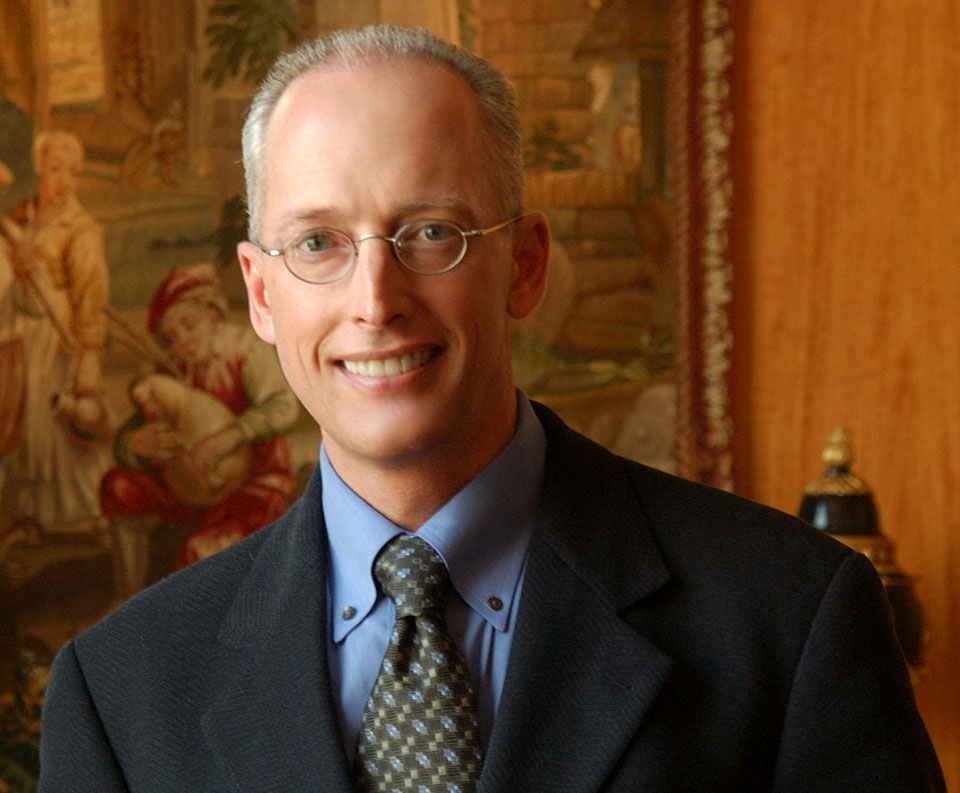
The healing arts practitioner seeks to keep the body healthy, and the dentist is no exception. The wise and careful dentist will protect patients’ oral health rather than serve merely as a “Maytag repairman” for damaged teeth. Following is my advice when asked five common treatment questions.
How do you plan treatment without knowing fully what’s involved?
First, I focus on optimal outcome and prognosis for success, then I consider additional procedures.
An example of this would be multiple deteriorating crowns. I would remove the crowns and evaluate damage, such as severe decay resulting in pulpal exposure. Next, I would consider procedures such as endodontic therapy, post and core buildup, or tooth extraction with an implant replacement.
How can one charge enough for the unknown?
Always expect the unexpected. Prepare for all possibilities. For example, I include a core buildup in every single-crown replacement. If I end up not needing to do the buildup, the patient enjoys a pleasant windfall. Exceed patient expectations whenever possible.
On the other hand, when diagnosing comprehensive treatment, remember that you cannot charge on a per-tooth basis. Instead, charge on the complexity of the case. This is where a rehabilitation fee comes in.
Add a rehabilitation fee—basically a third of the fee on large cases—to help compensate for the unknown. If an unexpected procedure such as endodontic treatment is required, consider doing it for free. I offer a four-year warranty on dental work provided my patients stay on a preventative schedule during that time.
When planning patient treatment, I always “phase” it for my financial coordinator should she need to chunk the costs to fit into the patient’s budget. I never veer away from the finest dentistry I can do. That way, the treatment plan is structured and I can proceed as planned.
What do you do to optimize the results in a timely manner? So many things can go wrong—think bridge replacement, loss of teeth, root canals, or bone grafting. In some instances, a case drags on and it’s hard to remember what was originally planned.
After the initial comprehensive exam, if no emergency treatment is needed, I invite the patient back for a review of his or her oral health. I do this after studying my findings and the patient’s X-rays.
Sometimes“patchwork dentistry” occurs as different dental issues are addressed. How can this be explained to the patient? How can dentists get paid fairly for what they originally wanted to accomplish?
For me, a better phrase for patchwork dentistry is “stabilizing restoration.” I explain to the patient that it is only to stop the progression of disease until their circumstances change. I charge on a per-hour basis for this care.
How do you approach quoting a price?
I build value first by showing the seven “before and after” slides. I discuss how the patient can receive comprehensive, all-encompassing treatment that is sequenced and phased. I present the total fee for the total case treatment. I never start treatment without having finalized the financial arrangements.









